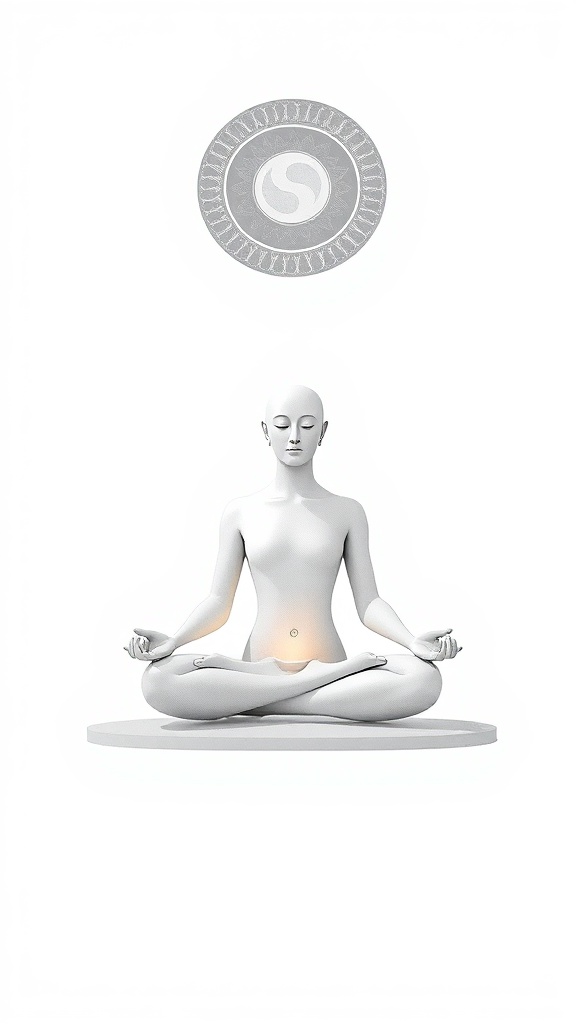Meditation has moved from niche practice to mainstream habit because it delivers tangible benefits for stress, focus, sleep, and emotional balance.
Whether you want a quick reset between meetings or a deeper daily practice, simple techniques and consistent habits make meditation accessible to everyone.
Why meditate?
Meditation improves attention and reduces reactivity by training the brain’s ability to observe thoughts without automatically acting on them.
People report better sleep, calmer responses to stress, reduced anxiety, and improved decision-making. Physiological effects include lower heart rate, reduced markers of stress, and improved regulation of the nervous system.
How the benefits happen
When you practice, neural pathways associated with attention and self-regulation strengthen, while circuits linked to rumination can quiet down. Regular practice also supports the body’s relaxation response, which counteracts chronic activation of stress hormones.
These changes are not mystical — they’re measurable shifts in how the body and mind respond to challenge.
Simple meditation techniques to try
– Breath awareness: Sit comfortably, focus on the sensation of breath at the nostrils or abdomen.
Count each inhalation and exhalation up to ten, then start over. Aim for 3–10 minutes to begin.
– Body scan: Move gentle attention from head to toe, noticing tension and softening it. This is especially helpful for sleep and relaxation.
– Loving-kindness (metta): Silently repeat phrases like “May I be safe, may I be well,” then extend them to others. This cultivates compassion and reduces social stress.
– Walking meditation: Focus on the sensation of feet touching the ground. Use short walks when sitting still feels hard.
– Box breathing: Inhale for a count, hold, exhale, hold — repeat. It’s an efficient tool for acute stress.

Practical tips to build a habit
– Start tiny: Three to five minutes daily beats sporadic long sits. Small wins build momentum.
– Anchor to existing routines: Meditate after brushing your teeth or before your morning coffee to make it automatic.
– Use cues: A specific cushion, a short playlist, or a timer creates a ritual that signals the brain it’s practice time.
– Keep expectations low: Mind-wandering is normal—notice it and gently return attention without judgment.
– Track progress: A simple habit tracker or journal noting how you felt before and after sessions helps maintain motivation.
Overcoming common obstacles
– “I can’t stop thinking”: That’s the point—meditation teaches noticing thoughts, not stopping them. Each return to the breath strengthens attention.
– “I don’t have time”: Micro-sessions (90 seconds to five minutes) are highly effective for stress control and cognitive resets.
– “It’s boring”: Experiment with guided meditations, movement-based practices, or meditation apps to find styles that engage you.
Using guided resources
Guided meditations and courses can accelerate learning and help maintain consistency. Audio-guided sessions are useful for beginners and for targeted outcomes like sleep or anxiety relief. Choose teachers who resonate with your values and keep sessions short at first.
Final thought
Meditation isn’t a one-size-fits-all magic pill, but it is a reliable skill you can cultivate. Start small, stay consistent, and be curious about what each session reveals. Over time, a few minutes a day can produce steady improvements in resilience, clarity, and well-being.